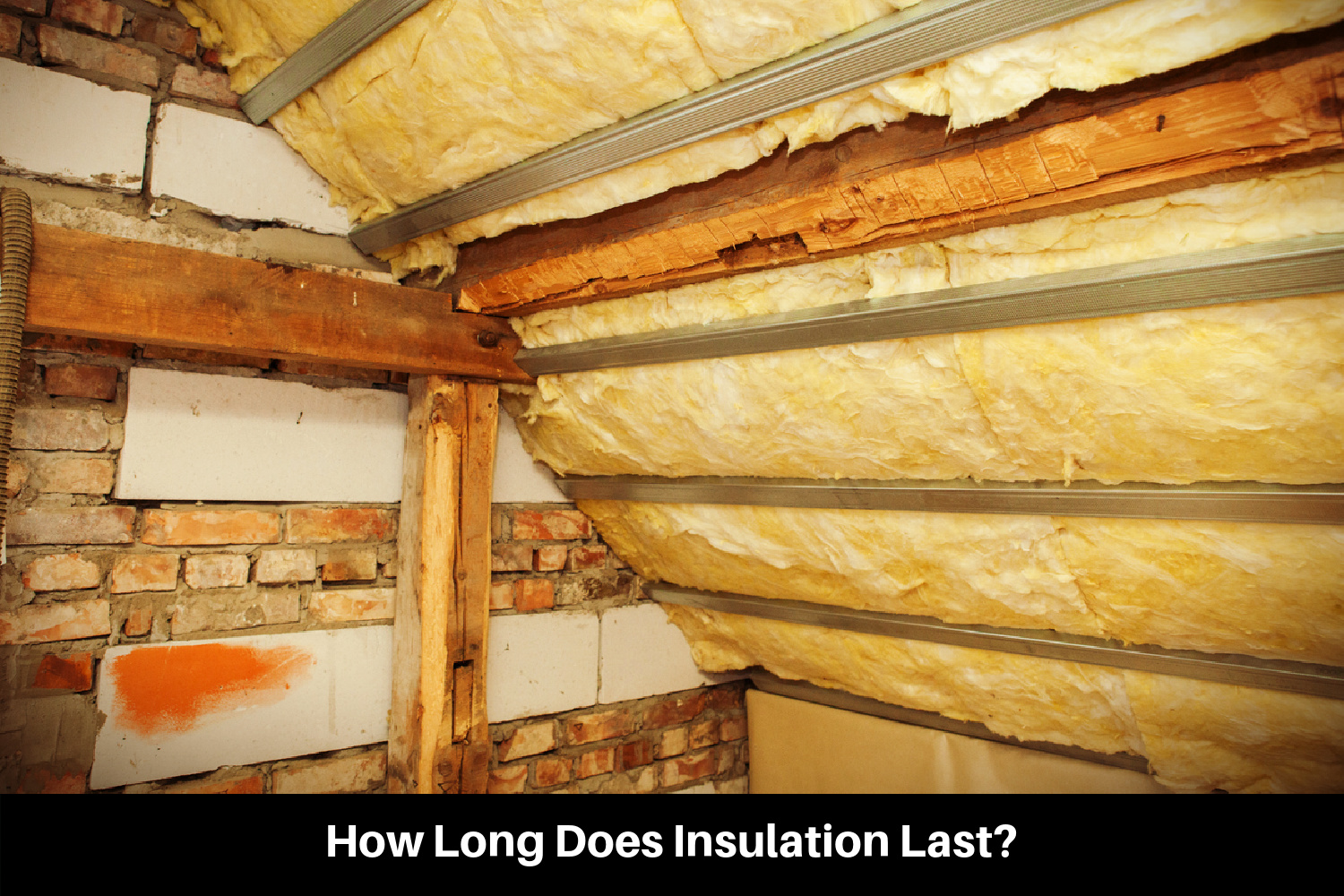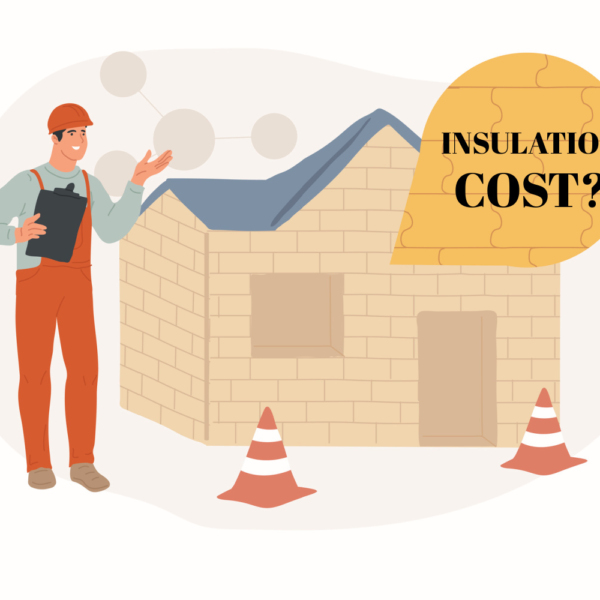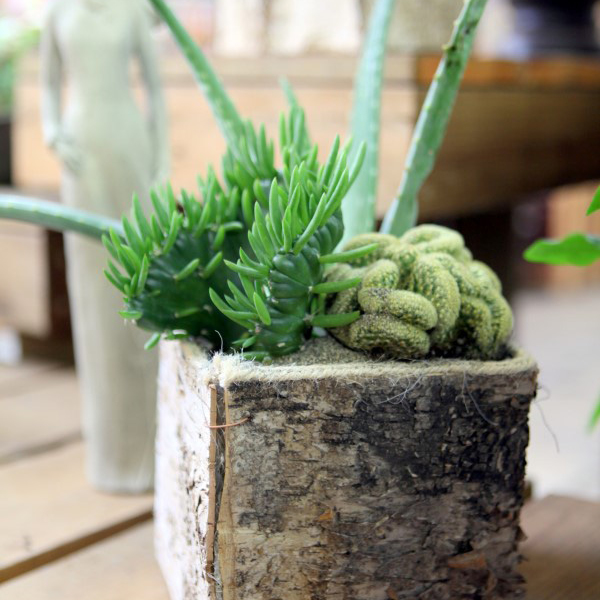Most types of insulation can be expected to last 80 years or more–about the average lifespan of a house. This is true if certain conditions are met. If not, the insulation will degrade enough to require replacement.

How To Tell If Insulation Has Gone Bad
Houses usually provide signs that insulation has gone bad. Some are easy to detect. Others are a little more subtle.
- Mold. Appears on walls or ceilings–usually when insulation is wet and compromised.
- Water Damage. Wet attic insulation or basement flooding can soak insulation–greatly reducing its R-value.
- Drafts. Feeling a draft along floors can mean substandard or damaged insulation–often around window and door frames.
- Variable Temperatures. Significant temperature differences in rooms can mean that wall, crawl space, or attic insulation is no longer doing its job.
- Heating Costs. Bad insulation costs more because heating and cooling systems have to run longer to keep the house at the desired temperature. Check the energy bills for unexplainable increases.
- Cold Surfaces. Cold spots on exterior walls or ceilings can indicate faulty insulation or open gaps in the exterior building envelope. Use an infrared thermometer to find cold spots without removing drywall.
- Ice Dams. Ice buildup along roof edges or icicles hanging from gutters. Poor attic insulation allows heat into the attic that melts snow on the roof–which re-freezes at the roof edges.
How Long Does Insulation Last?
Insulation can last for decades and continue to perform as specified. For instance: R-7 insulation installed in a 1940s house can be just as good as the day it was installed. But it does not come close to meeting today’s building codes.
90% of US homes are under insulated and 85% were built before the year 2000 when higher insulation codes started coming into effect. Meaning that the existing insulation does not do an adequate job by today’s standards. The codes continue to get more demanding. Ten years ago insulation in 2 x 4 walls was R-12. Now it is R-13.
Insulation can last up to 100 years if it stays dry and pest-free. Upgrading a home’s insulation adds comfort and saves energy costs.
What Causes Insulation To Go Bad?
Insulation with a 50-year warranty should not go bad in 15 years or less. Something other than the product causes the problems.
Moisture
Leaks and moisture infiltration turn insulation bad. Soaked fiberglass has zero insulation value. Moisture invites mold which damages insulation, framing, and drywall. Houses without vapor barriers allow humid indoor air to make insulation moist.
Pests
Most modern insulation is treated to repel insects and rodents. Older insulation was not. Rodent nests cause cold spots by hollowing out the insulation and their urine and feces provide the moisture and food that promotes mold growth.
Wet insulation invites insects such as termites which damage the wood framing–not the insulation. Mice carry away insulation to build nests elsewhere. Over time an ant colony or bees or wasps will eliminate the insulation in a wall cavity.
Installation
Improper installation causes bad insulation from the first day. Batts have to be cut to fit properly. They cannot be compressed without losing R-value. Stud cavity insulation must fill the entire space. Even the smallest hole allows air and moisture to seep in.
All gaps and wall penetrations have to be sealed. Attic insulation should be consistent and the ventilation system needs to be adequate. Hiring professional installers costs more initially but saves money over time. Tearing out drywall to get the insulation right is time-consuming and expensive.
Lifespan of Common Types of Insulation
Most insulation will last for decades if properly installed and it remains dry and pest-free.
Fiberglass
Fiberglass is the most common type of insulation. Fiberglass batt insulation and loose-fill are used extensively in new construction and renovations.
- 80 – 100 years.
- Inexpensive.
- Easy to work with.
- Absorbs water and holds dust. Can become moldy.
- Loses insulation value if compressed.
Cellulose
Loose-fill cellulose insulation is a “green” product popular in attics and walls.
- 20 – 30 years.
- Eco-friendly insulation.
- Must be replaced if it gets wet.
Mineral Wool
Mineral wool insulation absorbs less moisture than fiberglass but will still host mold if the right conditions are present.
- Up to 80 years.
- More expensive than fiberglass.
- Difficult to dry out if soaked. Should be replaced.
Spray Foam
Spray foam insulation seals gaps and cracks when installed and remains in place once it cures.
- Up to 100 years.
- Expensive.
- Airtight.
- Does not absorb moisture.
Rigid Boards
Rigid board insulation is used from basement to roof–interior and exterior, below and above grade.
- Up to 100 years.
- Does not absorb moisture.
- Degrades if damaged or exposed to sunlight.
Sheep Wool
All natural sheep wool batts are eco-friendly and very effective at controlling moisture.
- Up to 100 years.
- Naturally mold resistant.
- Controls moisture naturally.
Insulation can go bad or degrade over time or start out bad. It may still be good but does not meet current building codes. Regardless of the cause, bad insulation increases energy costs, may be costly to repair, and could increase health risks.
Have a home energy assessment done by a professional or as a DIY project to determine your home’s needs.


